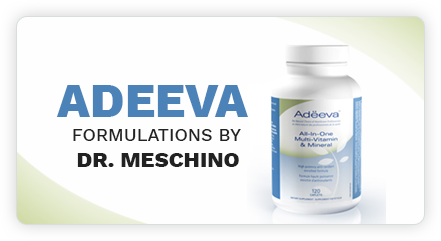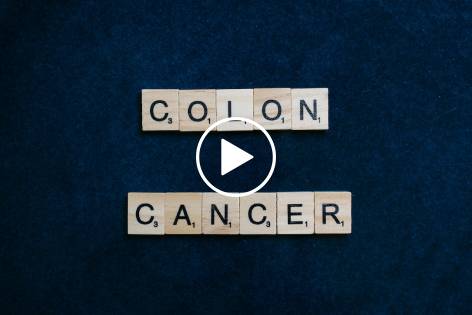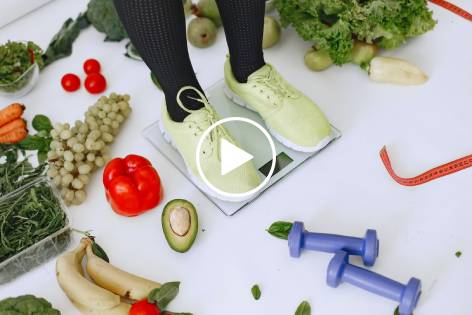
LMU 114 – Unlocking the Beauty Benefits of Coconut Oil: A Topical Marvel for Hair and Skin
Sources: Various Scientific Journals – see References at end of Newsletter
Lifestyle Medicine Update (December 16, 2018)
Introduction:
Coconut oil, a darling of the health and wellness community, has garnered considerable attention for its potential benefits. While clinical studies have cautioned against ingesting this tropical oil due to its impact on cholesterol levels, a realm of promise opens up for coconut oil enthusiasts. Major journals are now shedding light on the virtues of applying coconut oil topically, particularly when it comes to nurturing hair and skin. Amidst the debate about its internal consumption, the topical application of coconut oil emerges as a pathway to enhancing the health, appearance, and resilience of these vital tissues.
Nourishing Hair: A Silken Transformation
As the seasons shift, the battle against dry and cold temperatures can take a toll on the health of our hair. Coconut oil enters the scene as a potent ally in this fight, armed with its ability to permeate the scalp and hair follicles. Its treasure trove of rich fatty acids steps in to replenish what the harsh elements strip away. The winter months, often characterized by frigid conditions and indoor heating systems that sap moisture from the air, become an arena where coconut oil shines as a hair saviour.
According to published data, coconut oil possesses the prowess to rival or even surpass many expensive hair conditioning products. The need for daily application is eliminated, with a simple regimen of once every two weeks proving remarkably effective. To embark on this journey to rejuvenated hair, anoint the scalp and hair with coconut oil, massaging it in gently. A towel wrap, ingeniously acting as a cocoon, secures the oil’s benefits as you slumber. Upon waking, wash and rinse your hair, and relish the revival of your locks. This deep conditioning ritual is a testament to coconut oil’s capacity to mend damaged hair and shield it from the onslaught of cold and dry environmental adversaries.
Revitalizing Skin: The Coconut Elixir
The rejuvenating powers of coconut oil extend beyond hair to embrace the realm of skin care. When the air turns parched and dry, our skin can bear the brunt, manifesting in discomfort and cracking. Enter coconut oil, a natural elixir that fortifies the skin’s resilience against desiccation and fissures. Cracked heels, a common winter woe, find solace in the soothing touch of coconut oil. By gently massaging the oil onto dry or cracked areas of the skin, particularly the feet, you initiate a process that catalyzes healing.
An overnight routine is the cornerstone of this healing ritual. After applying coconut oil to your feet, slip into a pair of socks to nurture the oil’s potent effects as you sleep. Come morning, the excess oil can be wiped off, leaving behind skin that exudes vitality. The antioxidants nestled within coconut oil come to the fore, hastening the healing process, while its antimicrobial properties work to prevent infections in cracked, dry, or chaffed areas.
Unlocking the Secrets of Beauty: Beyond Healing
The beauty benefits of coconut oil extend beyond healing, embracing therapeutic and even anti-aging facets. The extract’s application can potentially mitigate scars, alleviate eye puffiness, and serve as a moisturizing balm for lips. This versatile oil becomes an integral part of post-shower regimens, promoting holistic hydration for the entire body. A word of caution, however, lies in the judicious application of coconut oil—excess can lead to itchiness and discomfort, underscoring the principle that a little goes a long way.
The Promise of Science: Backed by Research
These assertions aren’t mere conjecture; they are substantiated by research that underscores the virtues of coconut oil. References provided below offer a gateway to delve deeper into the science behind these claims. It’s important to note that while rare, allergic reactions to coconut oil can occur, even when applied topically. This risk heightens for individuals with existing food allergies, contact dermatitis issues, and particularly for those grappling with tree nut allergies.
Embrace the Beauty Within
As the world of wellness evolves, the spotlight on coconut oil’s potential broadens. While caution surrounds its consumption, its topical application unfurls a realm of beauty benefits. With nurturing hair and revitalized skin, coconut oil emerges as a beauty elixir that transforms the mundane into the extraordinary. As we navigate this realm of wellness, let’s embrace the power of coconut oil in unveiling the beauty within.
References:
1. [Study: Effects of mineral oil, sunflower oil, and coconut oil on prevention of hair damage](https://www.ncbi.nlm.nih.gov/pubmed/20523108)
2. [Common plants used for medicinal purposes in Trinidad and Tobago](https://www.ncbi.nlm.nih.gov/pubmed/15724344)
3. [Effect of mineral oil, sunflower oil, and coconut oil on prevention of hair damage](https://www.ncbi.nlm.nih.gov/pubmed/22994859)
4. [Coconut oil allergies](https://www.healthline.com/health/allergies/coconut-oil#complications)
5. [Using coconut oil this winter](https://www.thealternativedaily.com/use-coconut-oil-this-winter-awesome-hair-skin/)
Eat Smart, Live Well, Look Great,
Dr. Meschino

Dr. James Meschino
ABOUT THE AUTHOR
Dr. James Meschino, DC, MS, ROHP, is an educator, author, and researcher having lectured to thousands of healthcare professionals across North America. He holds a Master’s Degree in Science with specialties in human nutrition and biology and is recognized as an expert in the field of nutrition, anti-aging, fitness, and wellness as well as the author of numerous books.










